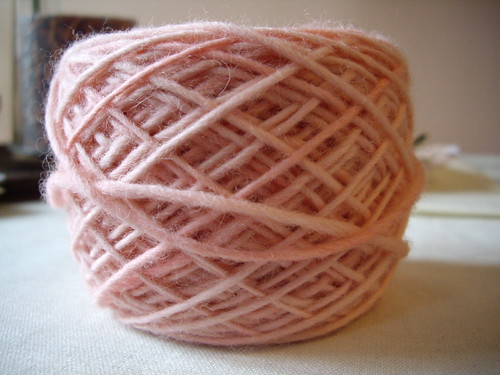Last week I received an email from Kirsty, who’s studying Fashion and Textile Technology. She asked whether I would mind answering some questions about using recycled textiles, for a project that she’s doing.
1. Where do you source your fabrics from?
For recycled fabrics I usually go to Ebay, and to my local charity shops. I look for any large piece of fabric with a nice print, that I could imagine being worn as clothing.
2. What kind of fabrics do you use?
I use cottons and poly-cotton blends, almost exclusively. Usually I buy these in the form of bedlinen, such as sheets and duvet covers. Sometimes I will choose old curtains, if I think that the fabric can be washed, and will stand up well to being worn as an item of clothing.
3. What methods do you use to:
a. clean
I always wash any used fabrics before I start to work with them. I do this by simply washing them in my own washing machine. Whoever buys the resulting garments is probably going to wash them in this way, so I need to know that the fabric can survive, and isn’t going to fray, shrink or fade.
b. prepare
Once the fabric is clean and dry, I inspect it thoroughly for any worn parts, and any holes or marks. Sometimes small holes can be mended, or covered with embroidery or other decorative work. Any dirty marks which can’t be removed must be worked around. I don’t use any area of the fabric which I feel is too distressed to stand up to being worn as clothing.
c. plan
Usually the type of fabric and the print will dictate what sort of item it will be reconstructed into. A small print, for example, could be used for a skirt or a top. A larger print might be better for a bag, or the back of a jacket. Plain fabrics can make more subtle garments, or be used as linings.
d. construct your designs ?
Everything I make is designed, cut out and sewn together by hand. I make everything myself, nothing is outsourced. I use new sewing threads, zips and other fasteners, as I then feel that I can guarantee that the garment will last a long time.
4. Why have you chosen to use recycled fabrics over new fabrics?
I have chosen to use recycled fabrics because I think it is a resource which is often overlooked. The textile industry is enormous, and we are being encouraged as consumers to buy cheap garments, change our trends every few months, and to treat fashion as something transient. As a result there is a great deal of waste fabric generated, which can easily be used in different ways.
I do use some new fabrics, but I am trying very hard to buy responsibly, and to only buy new fabrics which are organically produced or fairly traded – preferably both.
5. What has the public reaction been and how commercially viable do you think recycled production is?
The public reaction so far (from my personal experience) has been somewhat confused!
An enormous number of people don’t see the point of spending money on a recycled garment, which they perceive as “used”, when they could go down to their local high street shops and pick up something brand new for a very low price. So much of modern fashion is cheap and disposable that It seems difficult for people to understand that recycled garments can be of good quality, and long-lasting. Even if the original fabric used to be something else, what could be more luxurious than having a garment hand-made especially for you?
I think that recycled production can only ever be commercially viable on a small scale. To produce recycled garments industrially, there would need to be an enormously large availability of recycled fabrics. The raw materials would still have to be collected, cleaned, inspected and deconstructed before any new production could begin. These processes can be very time consuming and labour-intensive, and so it becomes more commercially viable to produce your fabrics from scratch. This is why I believe that it is very important to encourage the textile industry to manufacture in a sustainable and environmentally friendly manner.
Having said that, there are ways in which technology and recycling can work together to create new fabrics. Polar fleece, for example, is made by recycling plastic drinking bottles. New cotton yarns can also be made from industrial waste such as fabric offcuts and used clothing, and then woven into new fabrics. Worn out cotton fabric is often recycled into paper products. With a bit of lateral thinking, I believe that a lot more could be made from products which are currently treated as waste. The success of this approach from an environmental point of view will at least partly depend on whether the energy required to recycle a product is going to be greater than that consumed by making it from raw materials.

